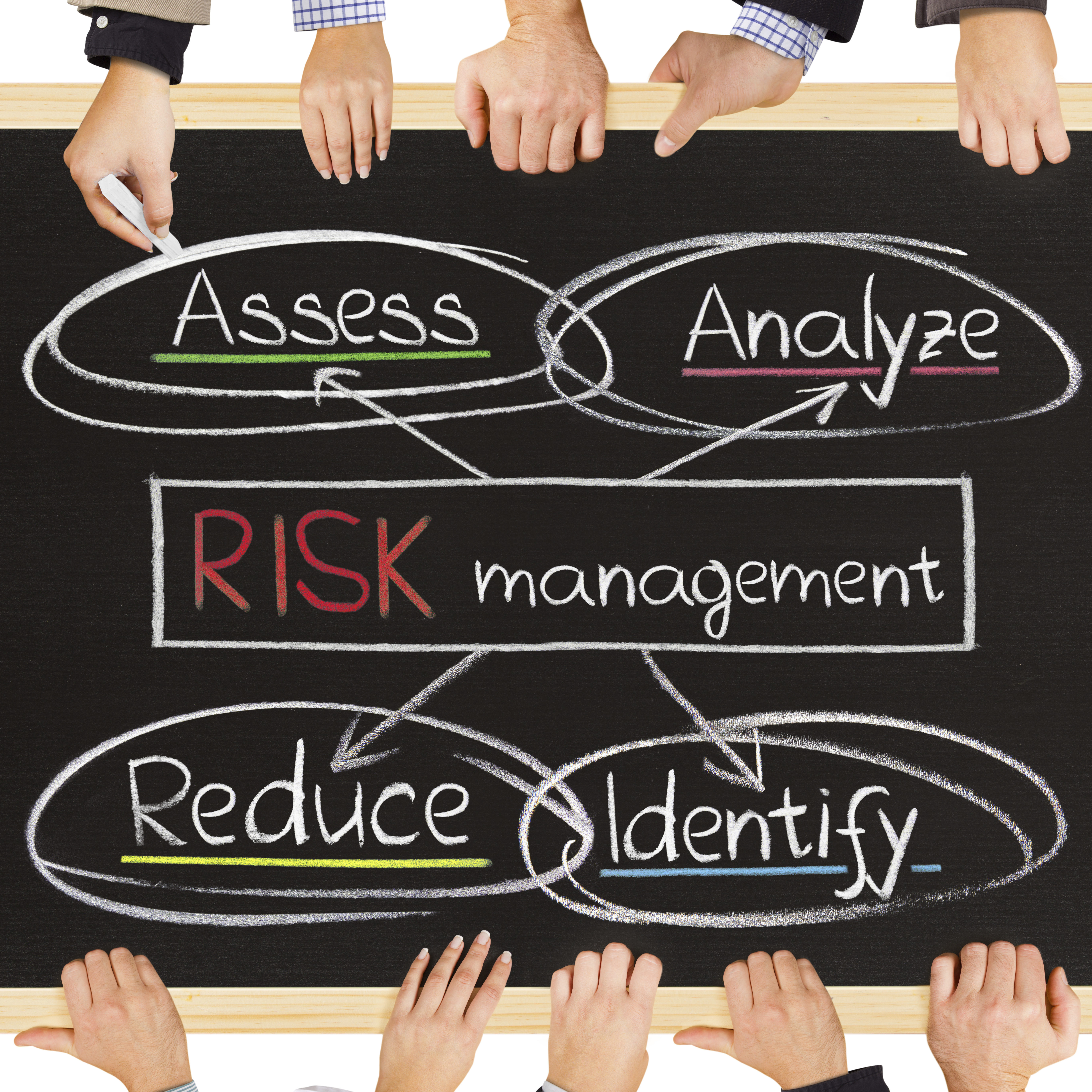So your RMLO has complied with the Bank Secrecy Act of 1970 (BSA) requirements to implement an anti-money laundering (AML) compliance program. Well done.
Over the years, regulatory demands have made it increasingly difficult – and potentially costly – for even the most judiciously compliant firms to fine tune the necessary elements of their AML programs in a timely fashion. Year after year, the plethora of penalty actions continue to illustrate the rising number of institutions that fail to maintain an effective AML compliance program.
There are any number of steps you can take to keep up with the ever-changing landscape of AML compliance practices. And it starts by clearly understanding the risks inherent in your business model, because a risk-based AML compliance program will assist in detecting, preventing and monitoring suspicious activity.
Reviewing and refreshing your program annually will also aid in managing the control framework around which you manage day to day compliance operations. It is a best practice to assess your money laundering and terrorist financing risk so that you can apply appropriate risk mitigation controls to manage your overall risk.
If you don’t already have one, a thorough risk assessment can help to identify the higher risk aspects of your business. For example, if you offer mortgage products and services to the sub-prime market, you may have greater exposure to money laundering risk, but if you have a comprehensive set of mitigating controls including enhanced underwriting measures to put against that risk, you may reduce the exposure significantly. But, how do you know unless you perform a thorough risk assessment?
Next is to ensure your AML compliance officer is knowledgeable about AML laws, the BSA and OFAC requirements, be driven to efficiently managing your AML program, and have the experience, knowledge and training to effectively do so. The right person is like an orchestra leader –effectively managing all the moving parts. It’s no longer acceptable to assign a person to the AML role without the appropriate level of knowledge and training.
Training all of your personnel to understand red flags and how to detect unusual activity is key to the ongoing success of your AML compliance program. Front-line personnel are often the first point of contact and it is therefore essential that they be continuously educated on regulatory changes for AML in general and RMLOs in particular, and your business model specifically.
And the final assessment, speaks to the efficacy of the overall program – the independent review. Without it, will you be in violation of the fourth pillar of compliance. Most importantly, with it – you get an objective view and validation as to whether your program is effective. That’s the most important measure of success in the world of AML.
Don’t risk your reputation or your company’s financial security, make the concentrated effort to keep your AML compliance program up to date.
Legend: FinCEN: Financial Crimes Enforcement Network; RMLO: Residential Mortgage Loan Originator.




Comments are closed.